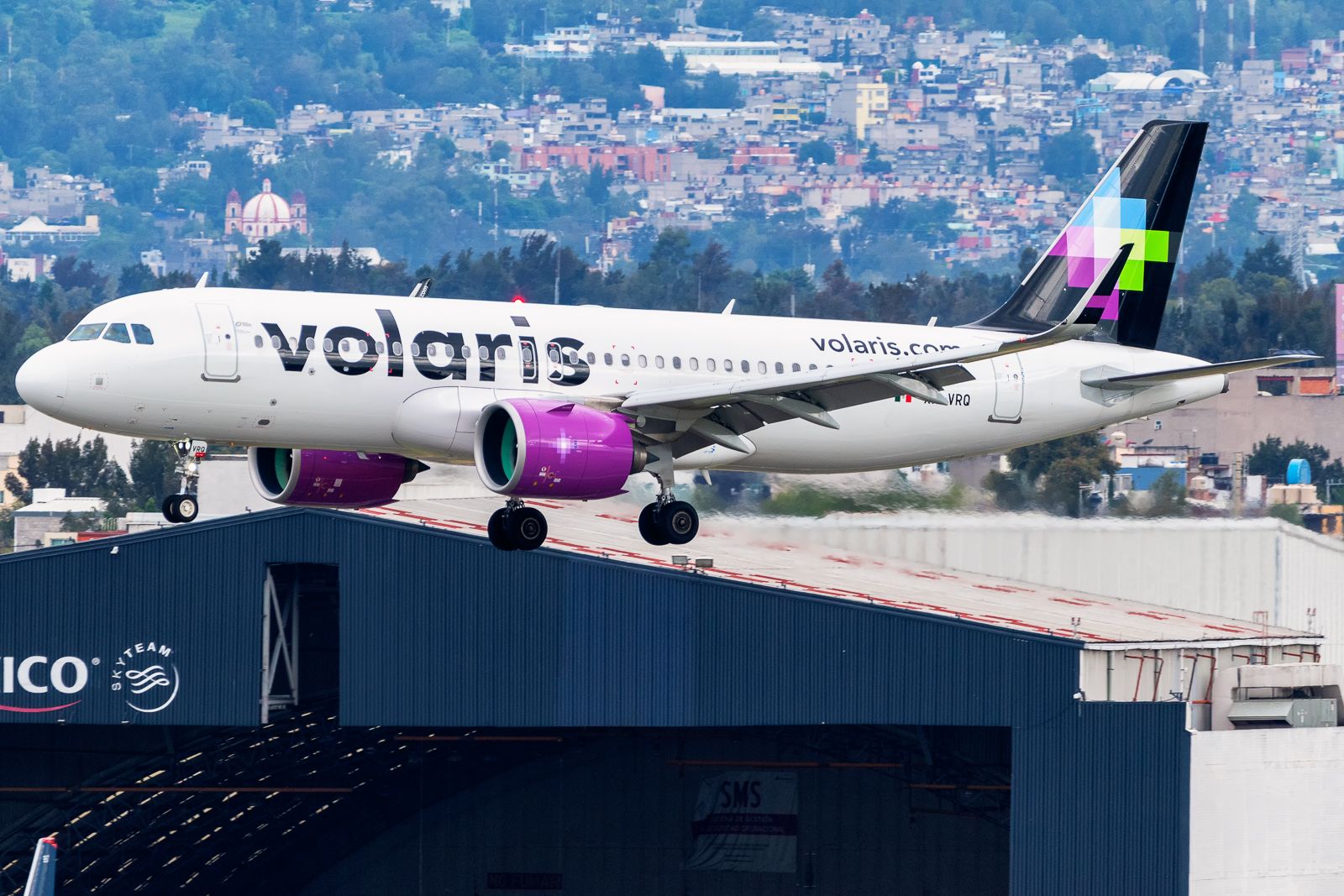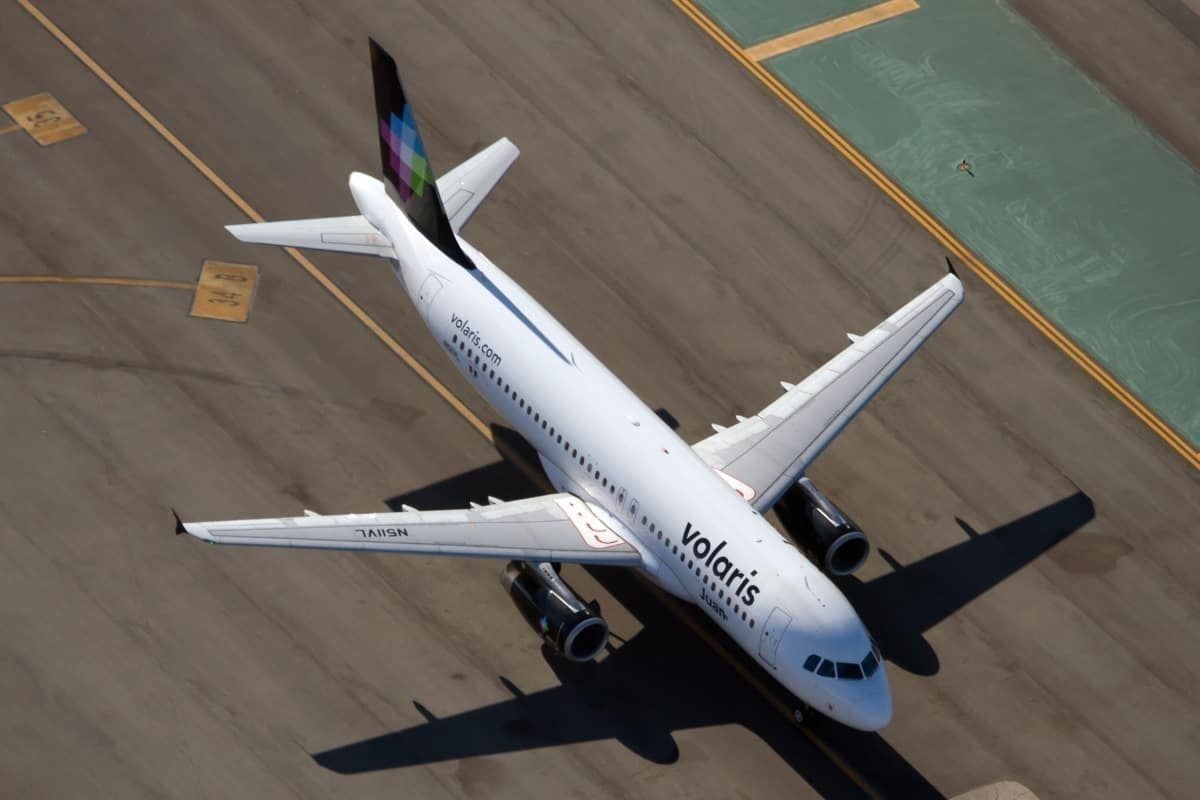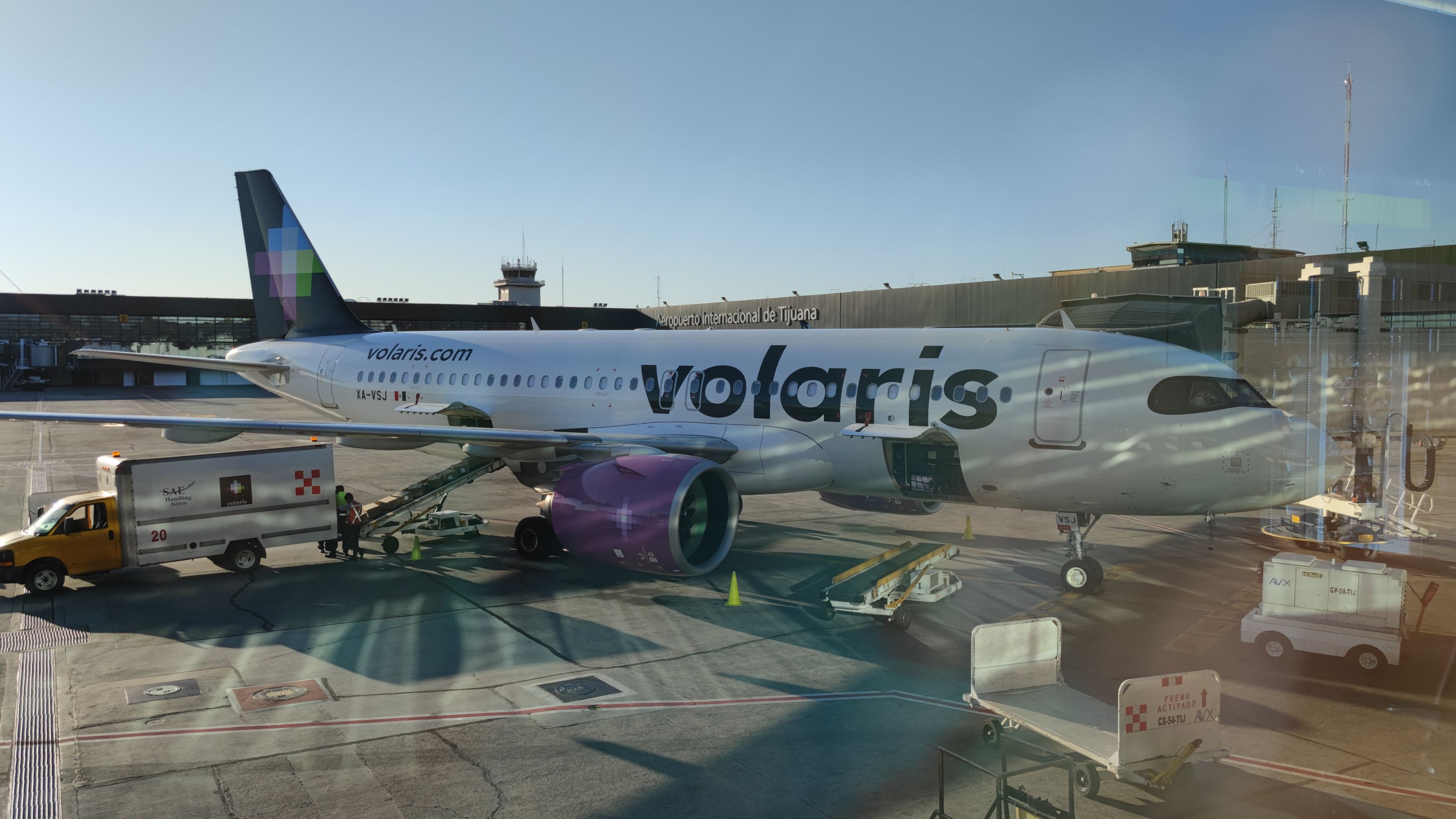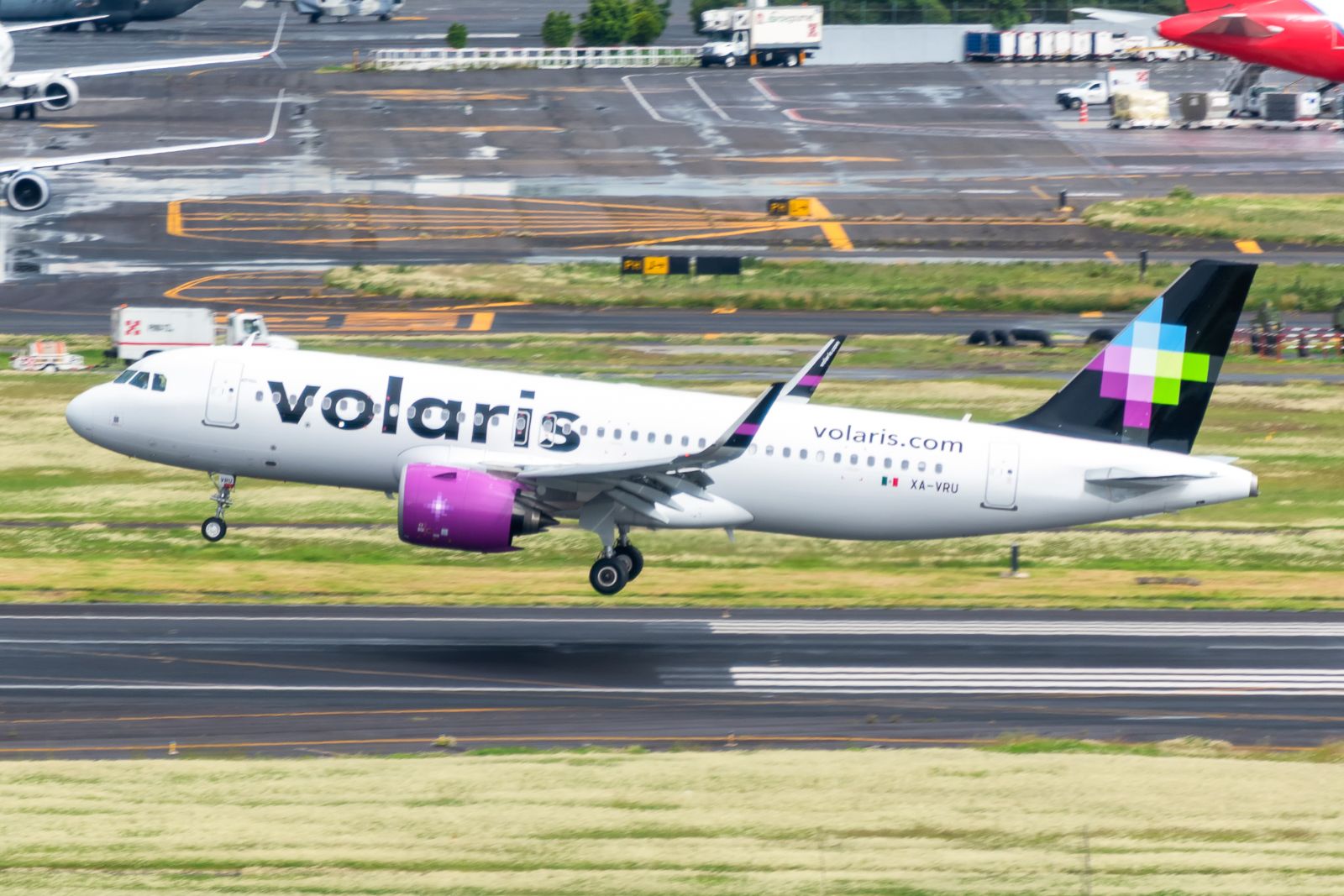In May, Volaris announced the launch of 16 new routes from the Felipe Ángeles International Airport (NLU) and Toluca International Airport (TLC), both located in the metropolitan area of Mexico City. The Mexican low-cost plans to offer nearly one million seats per month from the country’s largest and most important city by adding these new commercial services. But why, and what else is in store for the company? Let’s investigate further.
Launching new routes
Last month, Volaris announced 16 new routes from Mexico City’s airports. By the second half of this year, the Mexican ultra-low-cost carrier will offer approximately 906 weekly flights from NLU, TLC, and Mexico City Benito Juárez International (MEX), where the majority of the operations will be located.
Volaris wasn’t the only airline to announce new routes out of the so-called Mexico City’s Metropolitan System of Airports. Aeromexico also added six new routes from NLU, increasing the seats available from this new hub by 400%; Viva Aerobus announced the launch of five new routes from the Felipe Ángeles International Airport and will reestablish two routes and launch two new ones from Toluca International.
Why did Volaris launch these routes?
The Mexican government inaugurated NLU in March 2022. So far, the airport has minimal operations, and in April, it had a little bit over 1,100 daily passengers. Overall, it had nearly 35,000 passengers in one month, which is about 18% of what MEX handles in a single day.
To address this lack of flights, the government and the Mexican airlines had a meeting and arranged for an increase in the number of flights from NLU and TLC. The Mexican government also announced it will stop allowing new flights from MEX following the IATA’s summer season (set to end in October).
Moreover, in May, Volaris had a close call when two aircraft were close to colliding in Mexico City. This serious incident has led Volaris to call for increased safety and the easing of operations at MEX.
Concerning Volaris’ network plans for Mexico City, Enrique Beltranena, Volaris’ CEO, said,
“Mexico City’s Metropolitan area has a potential market of 30 million passengers spread across a large geographic area. By diversifying our operations to all three Mexico City area airports, our passengers will be able to travel to the nearest airport, reducing time, distance, and costs.”
Discover more aviation news here.
One million seats and more plans
Volaris is looking to offer approximately one million seats to the passengers living in Mexico City and its metropolitan area.
By adding this many seats, Volaris is looking to retain its strong market position in Mexico’s capital while expanding in Toluca and NLU.
Furthermore, the low-cost carrier will reinforce its operations in Puebla and Querétaro, two additional cities close to Mexico City, which also have airports and belong to the greater metropolitan area. “We are excited about our growth opportunities in central Mexico,” added Beltranena.
Currently, Volaris only operates about 46 weekly flights from Puebla and Querétaro. From Puebla, it flies to Cancún (twice daily), Monterrey (twice per week), and Tijuana (twice daily). Finally, from Querétaro, it flies to Cancún (nine flights per week), Chicago O’Hare (one per week), Puerto Vallarta (three times per week), and Tijuana (three times per week). It will be interesting to see what routes Volaris adds from these two airports in the next few months.
What do you think about Volaris’ plans in Mexico City? Let us know in the comments below.




